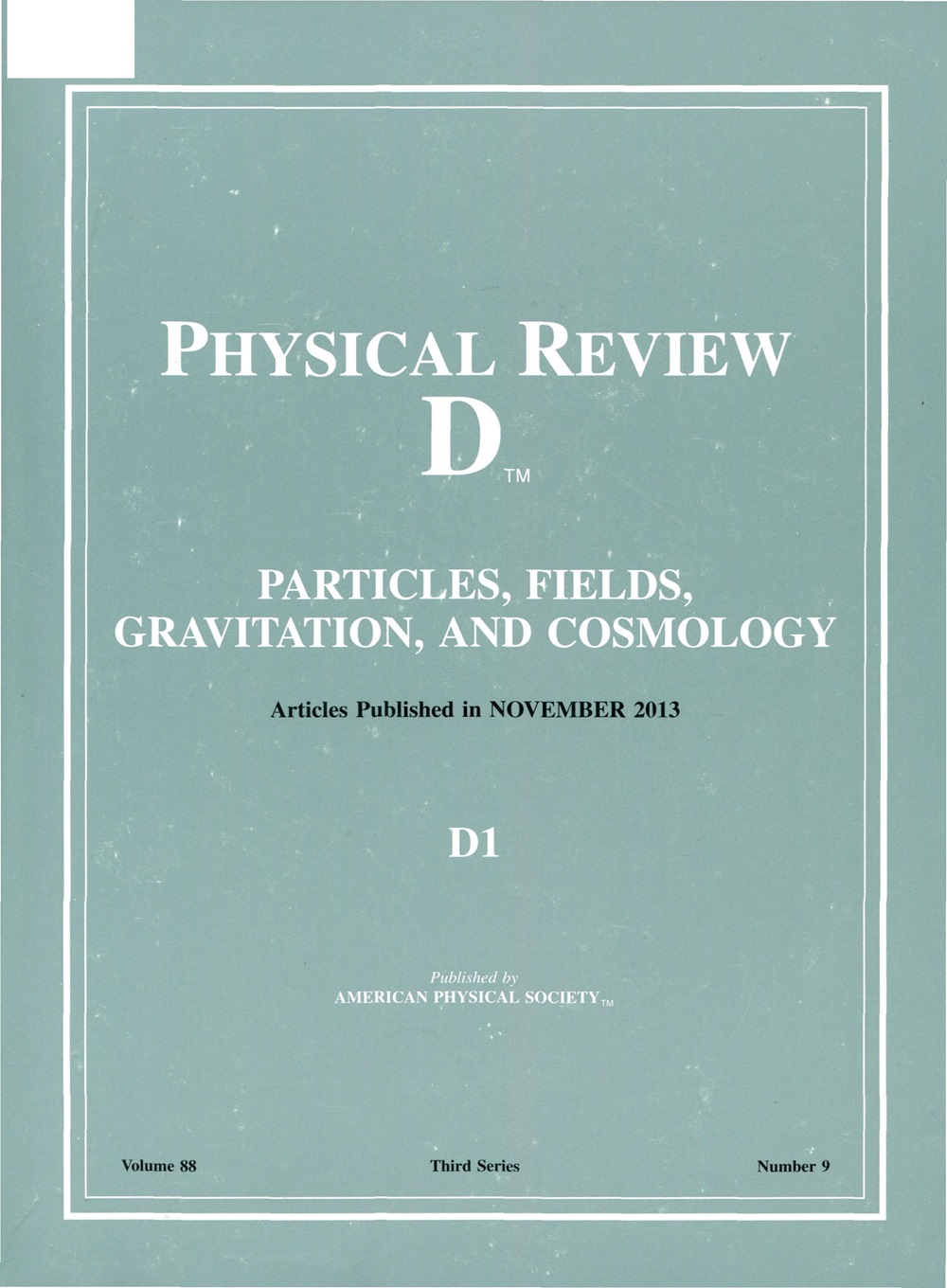Gravitational-wave parameter estimation with relative binning: Inclusion of higher-order modes and precession, and applications to lensing and third-generation detectors
IF 5
2区 物理与天体物理
Q1 Physics and Astronomy
引用次数: 0
Abstract
Once a gravitational-wave signal is detected, the measurement of its source parameters is important to achieve various scientific goals. This is done through Bayesian inference, where the analysis cost increases with the model complexity and the signal duration. For typical binary black hole signals with precession and higher-order modes, one has 15 model parameters. With standard methods, such analyses require at least a few days. For strong gravitational-wave lensing, where multiple images of the same signal are produced, the joint analysis of two data streams requires 19 parameters, further increasing the complexity and run time. Moreover, for third-generation detectors, due to the lowered minimum sensitive frequency, the signal duration increases, leading to even longer analysis times. With the increased detection rate, such analyses can then become intractable. In this work, we present a fast and precise parameter estimation method relying on relative binning and capable of including higher-order modes and precession. We also extend the method to perform joint Bayesian inference for lensed gravitational-wave signals. Then, we compare its accuracy and speed to those of state-of-the-art parameter estimation routines by analyzing a set of simulated signals for the current and third generation of interferometers. Additionally, we analyze some real events known to contain higher-order modes [Phys. Rev. D 102, 043015 (2020). and Astrophys. J. Lett. 896, L44 (2020).] with relative binning. For binary black hole systems with a total mass larger than引力波参数估计与相对分档:纳入高阶模式和前旋,以及在透镜和第三代探测器中的应用
一旦探测到引力波信号,测量其源参数对于实现各种科学目标非常重要。这是通过贝叶斯推理完成的,分析成本随着模型复杂度和信号持续时间的增加而增加。对于具有前驱和高阶模式的典型双黑洞信号,有 15 个模型参数。采用标准方法,这种分析至少需要几天时间。对于强引力波透镜,同一信号会产生多个图像,对两个数据流进行联合分析需要 19 个参数,进一步增加了复杂性和运行时间。此外,对于第三代探测器,由于降低了最小灵敏频率,信号持续时间也会增加,从而导致分析时间更长。随着检测率的提高,此类分析可能变得难以进行。在这项工作中,我们提出了一种快速、精确的参数估计方法,这种方法依赖于相对分档,能够包括高阶模式和前冲。我们还扩展了该方法,以便对透镜引力波信号进行联合贝叶斯推断。然后,我们通过分析一组当前和第三代干涉仪的模拟信号,将其精度和速度与最先进的参数估计程序进行比较。此外,我们还分析了一些已知包含高阶模式的真实事件[Phys. Rev. D 102, 043015 (2020)。对于总质量大于 50𝑀⊙的双黑洞系统,我们的方法比现有技术快约 2.5 倍。质量越小,速度越快,分析时间平均缩短了 10 倍。在所有情况下,恢复的参数后验概率分布都与传统技术的结果一致。
本文章由计算机程序翻译,如有差异,请以英文原文为准。
求助全文
约1分钟内获得全文
求助全文
来源期刊

Physical Review D
物理-天文与天体物理
CiteScore
9.20
自引率
36.00%
发文量
0
审稿时长
2 months
期刊介绍:
Physical Review D (PRD) is a leading journal in elementary particle physics, field theory, gravitation, and cosmology and is one of the top-cited journals in high-energy physics.
PRD covers experimental and theoretical results in all aspects of particle physics, field theory, gravitation and cosmology, including:
Particle physics experiments,
Electroweak interactions,
Strong interactions,
Lattice field theories, lattice QCD,
Beyond the standard model physics,
Phenomenological aspects of field theory, general methods,
Gravity, cosmology, cosmic rays,
Astrophysics and astroparticle physics,
General relativity,
Formal aspects of field theory, field theory in curved space,
String theory, quantum gravity, gauge/gravity duality.
 求助内容:
求助内容: 应助结果提醒方式:
应助结果提醒方式:


